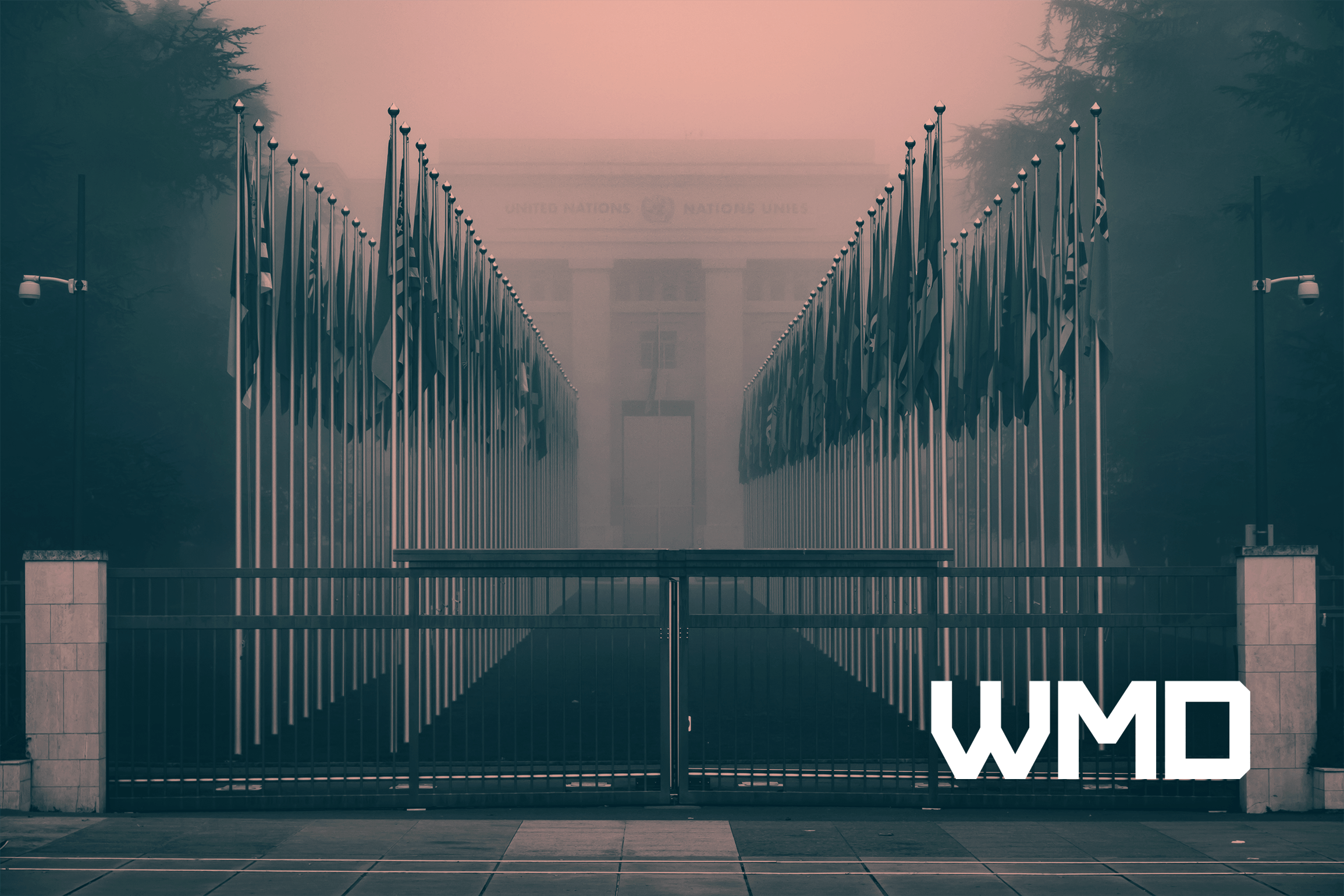NPT-TPNW Standoff: Who Can Break This Gridlock?
Click on the adjacent link to download the full report.
In recent years, the Nuclear Non-proliferation Treaty (NPT) has faced growing challenges and risks losing relevance. While the treaty’s strength to prevent further nuclear proliferation is placed in doubt, the rescheduled Review Conference threatens to become a confrontation between the NPT and the Treaty on the Prohibition of Nuclear Weapons (TPNW) camps. In a new APLN Special Report, Nobuyasu Abe, former UN Under-Secretary-General for Disarmament Affairs, underscores the need to bridge the gap between these two treaties, so that they can together push forward the twin goals of nuclear non-proliferation and disarmament.
Although the NPT, together with the IAEA, has prevented the spread of nuclear weapons, the treaty has shown its limitations in the last three decades (non-adherents, clandestine nuclear weapons programs, and the inability of the IAEA safeguards to effectively uncover covert programs). In terms of promoting nuclear disarmament too, the NPT cannot claim to be very successful. On the other hand, the TPNW could eventually establish a new legal norm against nuclear weapons, if it is supported by a majority of states. The TPNW, however, faces opposition and resistance from key NPT and non-NPT states, including all the nuclear weapons possessing powers.
The author suggests that, on the one hand, the NPT’s credibility needs to be restored by addressing its deficiencies, on the other hand, the current gridlock between the TPNW’s proponents and opponents needs to be broken through dialogue, and by making the NPT and TPNW more compatible with each other, and with their common objective of nuclear disarmament. Abe notes that a number of small, middle, and large powers can play a key role in bridging this gap.
Key Recommendations include:
- Restoring the credibility of the NPT: At least six measures are important to overcome the current limitations of the NPT. First, the Nuclear Weapons States must show progress on nuclear disarmament efforts and determination to decelerate nuclear arms modernization and competition, including measures to reduce risks of accidental or inadvertent nuclear uses; second, meaningful progress towards regional disarmament are needed to achieve regional peace and security. This includes the realization of the nuclear weapon-free zones in the Middle East and in Northeast Asia; third, strengthening the IAEA safeguards system with the adoption of the additional protocol; fourth, allowing the IAEA Director-General to report specific non-compliance without the consent of the Board; fifth closing the NPT loophole that allows acquisition of Highly Enriched Uranium for naval propulsion purposes; and sixth, preventing the deployment of small nuclear reactors given their security and environmental risks.
- Importance of TPNW’s First Meeting of States parties: The First Meeting of States Parties should elaborate on key issues that have been left out of the TPNW, including robust verification procedures, definition of key articles in the treaty text, rules of procedures pertaining to observer status, timelines and deadlines for nuclear weapons elimination, and measures to ensure irreversibility. A dialogue between the proponents and opponents of the TPNW can be organized as a side event of the first meeting of the TPNW States Parties or at the NPT Review Conference to identify common ground.
- The Role of ‘Bridging Countries’: A number of states, including some allies of nuclear weapon possessing states, have expressed their intentions of supporting the NPT as well as the TPNW. For instance, New Zealand and Kazakhstan have signed and ratified the TPNW. Norway and Germany might participate in the first meeting of the States Parties of the TPNW. In Southeast Asia, Indonesia could ratify the TPNW. Some of these states are well-placed to push for overcoming the gaps between the TPNW proponents and the opponents who support the NPT.
- Greater Public and Political Awareness: Innovative ideas are needed to educate and remind political and military leaders about the consequences of nuclear use. Legal requirements under the laws of armed conflict and other pertinent international laws should be incorporated into aspects of nuclear weapons doctrinal and operational planning to delegitimise and delimit nuclear use. Governments and citizens must be reminded of the horrific humanitarian consequences of nuclear weapons use. Observing memorials of nuclear bombings and talking to surviving victims can be meaningful. Medical, legal, environmental, and humanitarian experts should be invited to apply their expertise on disarmament and non-proliferation activities.
About the Author
Nobuyasu ABE is a former UN Under-Secretary-General for Disarmament Affairs and a Commissioner of the Japan Atomic Energy Commission. He is also a former Japanese ambassador in Vienna for the IAEA and other international organizations, Riyadh and Bern. He was the Director-General for Arms Control and Science Affairs of the Japanese Foreign Ministry. He was a member of the advisory board to the International Commission on Nuclear Non-Proliferation and Disarmament (ICNND). Most recently, he is a Senior Fellow at the Belfer Center of Harvard Kennedy School. He studied at the University of Tokyo and graduated from Amherst College, USA.
Disclaimer: The views expressed in this report do not necessarily reflect the position of the Asia-Pacific Leadership Network or any of its members.
Image: iStock

